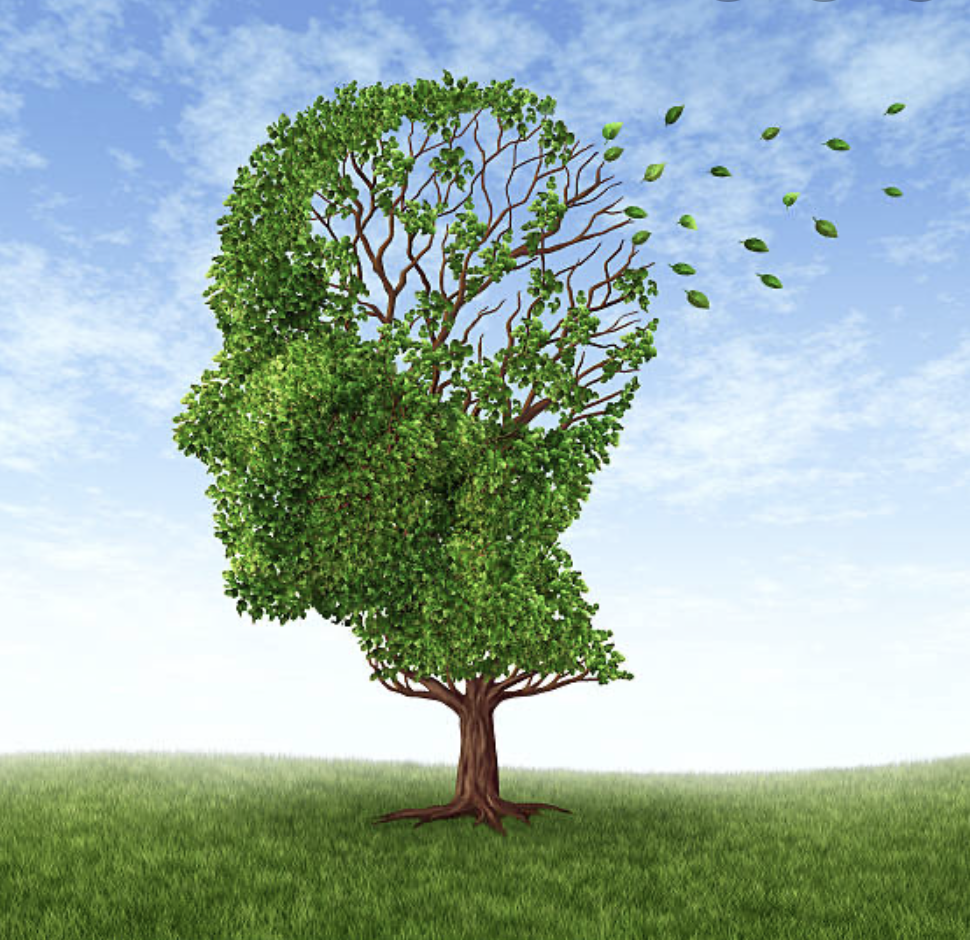The link between physical activity and brain health is more important than one might suspect. If you stop reading here, the big takeaway is: start working out with resistance exercises NOW, and never stop. But do keep reading to find out why - this is fascinating stuff.
Cognitive decline, aka the road toward dementia, is on everyone’s mind these days. Words like ‘neuroplasticity’ and ‘synaptogenesis’ are tossed around in the media. (Definitions: the ability to renew nerves and connections, and learn new things.) Good news! Cognitive decline is not an absolute of aging, and there are definitely things we can do to decrease risk factors. As it turns out, it’s more than just sudoku and crossword puzzles alone, although many would like to convince you otherwise and sell you apps and online games. The magic bullet is actually physical activity, specifically resistance training, along with challenging our brain.
First fact; I was surprised to learn that our all-important brain, only gets 15 -20% of our blood flow at rest. This perfusion amount slowly declines after age 20, and women get a slightly better deal than men. FYI, the remainder of organ blood flow is approximately as follows: liver/GI 25%, kidneys 20%, skeletal muscle 15%,and then fat, bones, skin, heart, lungs/the rest, all get about 5% each.
Second fact: A higher BMI (>25) or higher amount of body fat is linked to reduced cognitive functioning and Alzheimers disease at any age, not necessarily over 50.
Both of these fun brain facts point us towards getting more active, and fast. But what is the best kind of activity to do to preserve and rebuild cognitive function? Recent studies have shown that doing resistance training exercises to strengthen our muscles sets up an environment of neuroplasticity, reducing potential loss of executive function. A quote from a University of Sydney Australia professor who has been researching all of this: “…The message is clear: resistance exercise needs to become a standard part of dementia risk-reduction strategies.” Exercise generates beneficial neurochemicals and an environment in the brain to allow new neurons and interconnections to grow, boosting cognitive function and resisting cognitive decline. Daily aerobic exercise increases blood flow throughout the body, irrigating and perfusing the brain tissues with more oxygen and nutrients than it’s usual 15-20% of resting cardiac output. It also increases the amount of BDNF (brain-derived neurotrophic factor) positively affecting the hippocampus, which is involved with memory. Both resistance training and aerobic exercise are associated with adipose tissue reduction and maintenance of a healthy body weight, addressing the second fact of a high BMI’s risk to cognition.
SO… how much training do we have to do, and and how often?
lf you are not doing it yet, add at least two sessions a week of resistance training (at least 20 min) targeting all major muscle groups (legs, arms, trunk) and daily aerobic exercise (at least 20 min). Moderate to vigorous intensity relative to you. A rating of perceived exertion of 5-7 out of 10 has been shown to be effective for frontal lobe and hippocampus maintenance. More is better and consistency is key. Consider it like blood pressure - it varies, and you have to stay aware of it to maintain healthy levels.
Commit to setting yourself up for consistent body/brain training with both resistance and aerobic components to keep all your physical and mental marbles rolling as smoothly as possible in your lifetime.

